Tax terms can be confusing, technical and are often not intuitive. This IRS glossary is helpful for understanding basic tax terminology: Understanding Taxes. The following additional tax terms for individuals will shed some light on some common tax terms for individuals.
If you are also interested in tax terms for business owners see the article titled: Common Tax Terms for Business Owners
1099-NEC
Form 1099-NEC must be provided to each contractor and to the IRS for any contractors paid over $600 for the year.
Anyone receiving earnings of at least $600 not reported on Form W-2, then you should receive Form 1099-NEC. These forms are due to contractors and the IRS after year end but no later than January 31st.
Report your income received as an independent contractor on IRS Form1040, Schedule C.
Alternative Minimum Tax
The Alternative Minimum Tax (AMT) sets limits on the amount certain tax benefits can reduce the regular tax amount for high income taxpayers. In effect the AMT ensures high income taxpayers pay at least a minimum tax amount. The AMT is the excess tax, which is calculated using a separate formula, over the regular tax.
Depreciation Expense
Depreciation is a system for allocating and expensing the cost of property, plant, and equipment assets over their estimated life. It is recorded as a non-cash expense which reduces the book value of the associated assets each year. The IRS requires the reduction of the cost basis of capital assets used for business purposes be reduced each year using depreciation.
Why does this apply to tax terms for individuals? For example, if you personally own rental real estate then you are required take depreciation expense on this property on Form 1040, Schedule E.
Effective tax Rate
The percentage of your income you pay in tax, calculated simply as:
Total Tax Bill ÷ Total Income
Your effective tax rate can be different than your marginal rate which is based on IRS tables.
Flow-through Entity
A type of legal business entity where income from the business flows through to the owners. The business income is not taxed at the business level but is rather treated as the income of the owners themselves. These are also called pass-through entities, and they include sole-proprietorships, partnerships, LLC’s, and S corporations.
Installment Sale
A sale of property when at least one payment is received for after the tax year of the sale. The gain recognized on the sale of the property is deferred and later recognized as payments are received.
Kiddie Tax
Investment income (i.e. interest, dividends, capital gains) above $2,200 earned by a dependent child is taxed at the parents’ marginal tax rate. Covers children up to the year they turn 19, or 24 if a dependent and full-time student.
Marginal tax Rate
Under the progressive tax system in the U.S. the first dollar that you earn can be taxed at a much different rate than the last dollar that you earn. The marginal tax rate is the tax rate applied to the next dollar that you earn.
Marriage Penalty
In some cases, effective tax rates are higher for married couples than for two otherwise identical single taxpayers. For a given marginal income tax rate (i.e. 10%, 15%, etc) this is usually a function of the Married Filing Jointly income brackets covering less than double the bracket widths of those for filing Single. This situation creates a higher tax liability for married couples and is referred to as the marriage penalty.
W-2
Form W-2 must be prepared and provided to each employee, including yourself, and to the Social Security Administration (SSA) to report employee payroll information for the year.
Forms W-2 are due to employees and the SSA after year end but no later than by January 31st.
Wash Sale
A wash sale has occurred if an investment is sold for a loss and then replaced with the same or substantially identical investment within 30 days before or after the sale. Losses on a wash sale are disallowed. The loss is instead added to the cost basis of the new investment.
